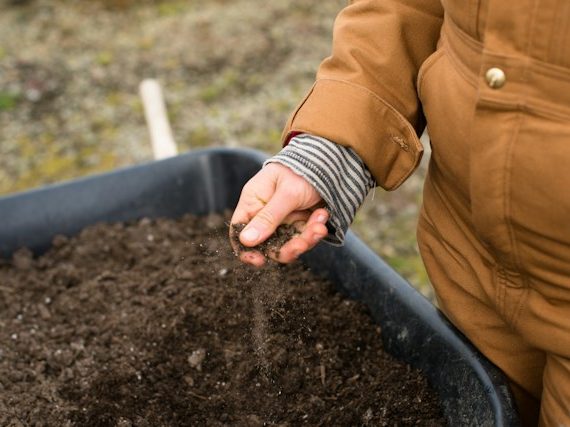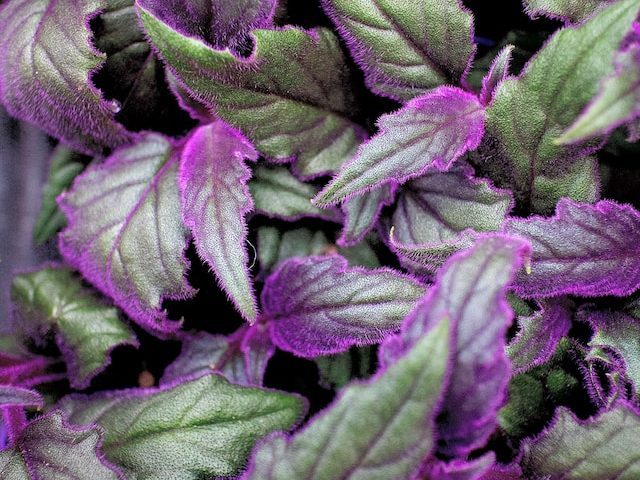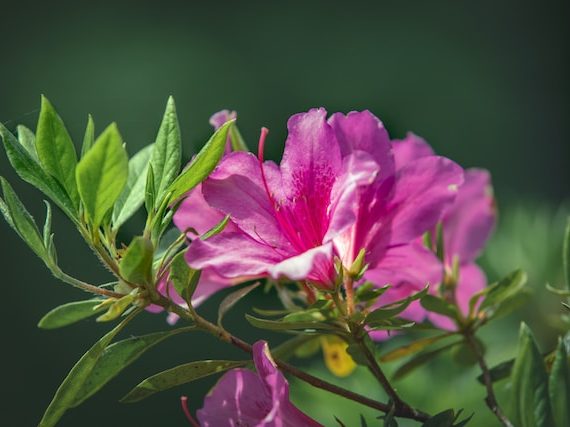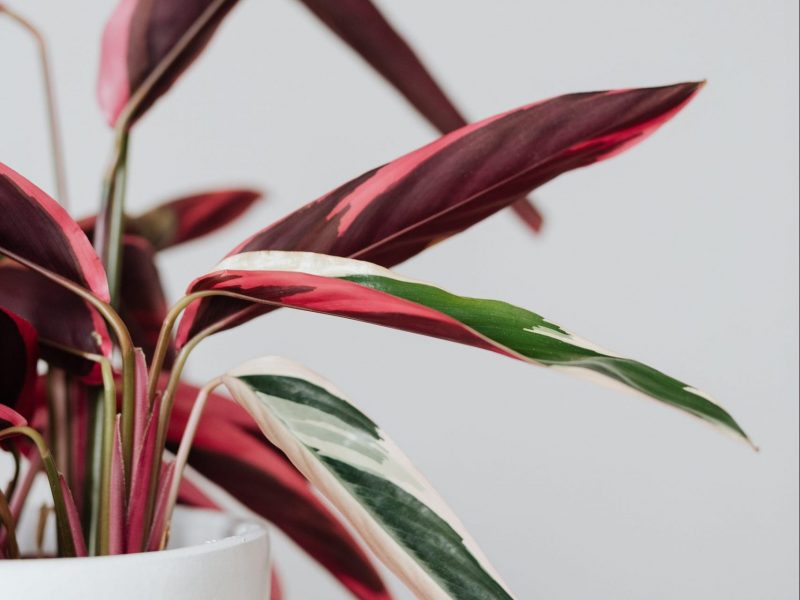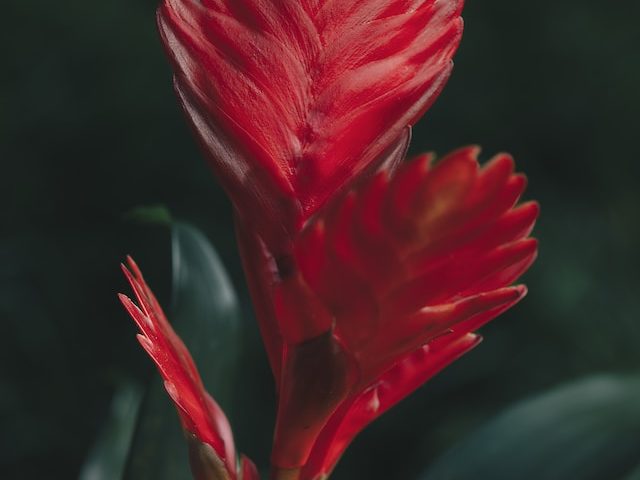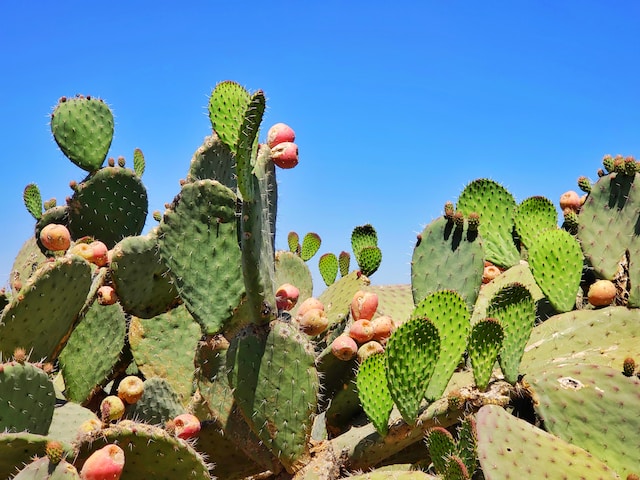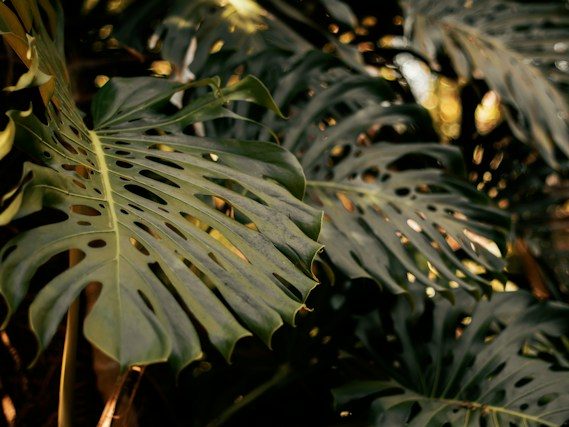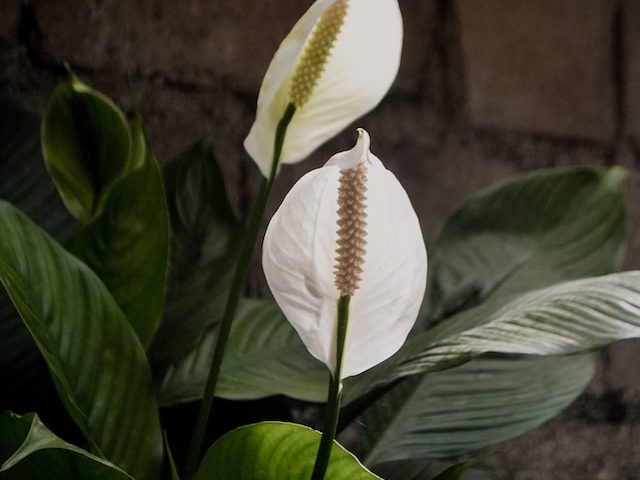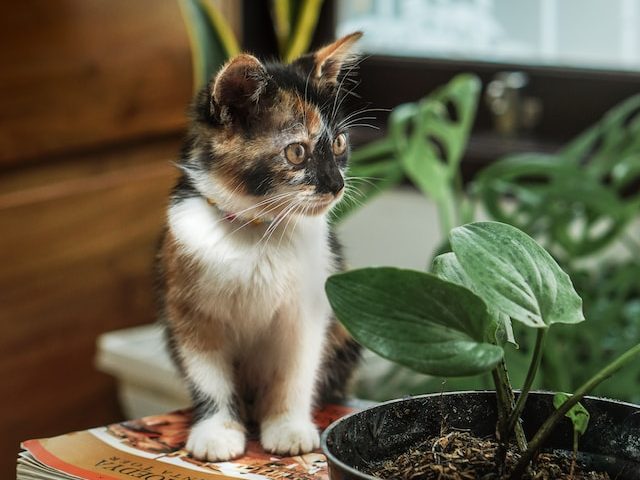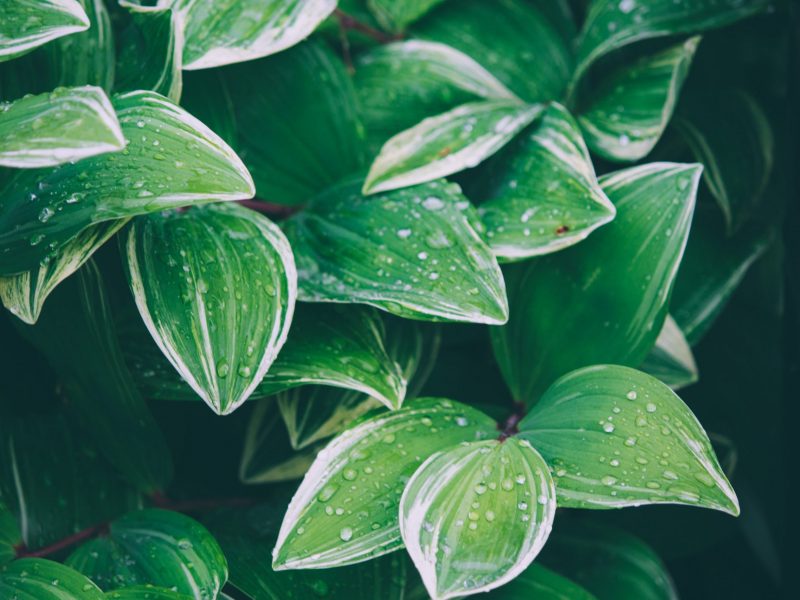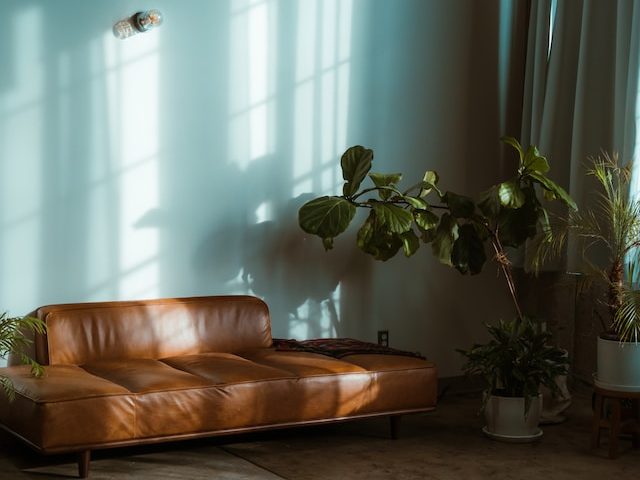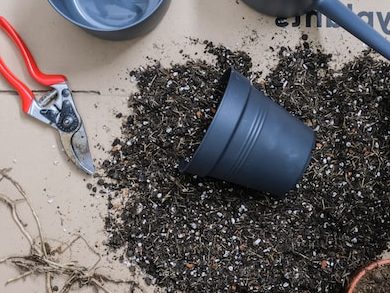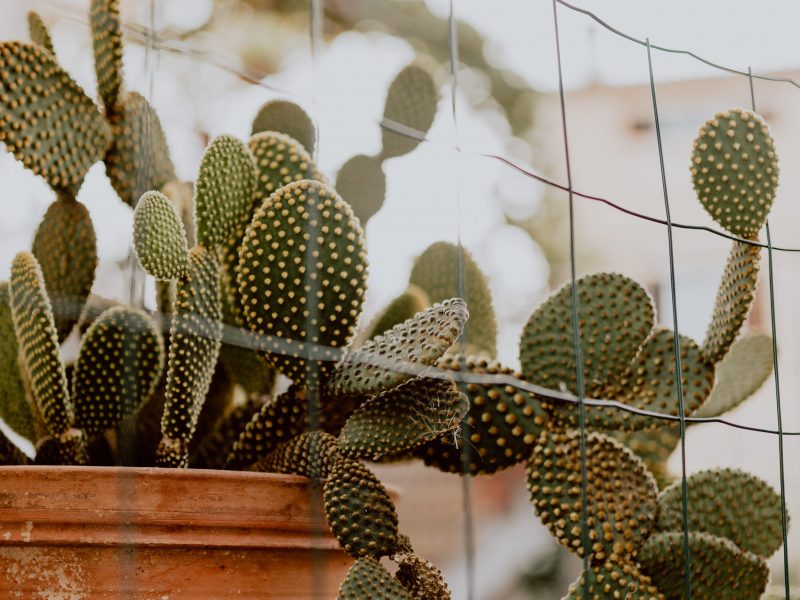
Loved for their flat pad-like leaves, and lack of long sharp spikes, the Bunny Ear Cactus make for a great houseplant. They are low maintenance and quite compact meaning they can adapt to most homes and are great for small spaces where you still want to add a touch of greenery.
There are a lot of names given to this plant, from Polka Dot Cactus to Angle Wings, but we love Bunny Ear Cactus the most as the fuzzy bristles on the pads give it that furry look. However, although they sound cute, Bunny Ear Cacti are definitely not as cuddly as you’d like them to be. Although they don’t grow spines, they do have fuzzy glochids that grow on the pads. These are painful to touch and can be really difficult to remove from skin so make sure you wear gloves at all times when handling the plant.
How to Care for a Bunny Ear Cactus
Native to the Mexican desert plains, the Bunny Ear Cactus will thrive if you replicate the native conditions. There are two things that we recommend you pay particular attention to and that is humidity level and lighting.
Opuntia microdasys don’t do so well with high humidity levels so you want to place them in the rooms with a slightly lower level. Avoid the bathroom and kitchen as these can get quite humid with the steam from cooking and showering.
When it comes to finding the right spot for your plant, bright light is crucial. These plants love sunshine and will struggle to thrive in areas with medium or low light.
Below you will find our complete and comprehensive Bunny Ear Cactus Care Guide with all the tips and information you need to help your plant grow.
Bunny Ear Cactus Overview
Origin: Mexico
Latin Name: Opuntia microdasys
Common Name(s): Bunny Ear Cactus, Angel’s Wings Cactus, Polka Dot Cactus
Plant Family: Cactaceae (Cactus Family)
Difficulty Level: Easy
Appearance: Thin pads that grow in pairs with short hair-like spines
Height and Size: Maximum of 3 feet (90 centimeters) in height and spread.
Growth Rate: Slow
Flowering: Small cream-coloured flowers during spring and summer
Pruning: Regular pruning is not necessary, only to remove dead or dying leaf pads
Cleaning: Use a soft brush or water to clean your plant
Light Requirements: Bright sunlight (indirect or direct)
Water Requirements: Infrequent watering, drought-tolerant
Best Soil: Coarse, Well-draining coarse potting mix
Ideal temperature: 70-100°F (21-38°C)
Fertilizing Routine: Apply a cactus fertilizer once a year during spring
Ideal Humidity Level: 30-50% Humidity
Propagation: Through leaf cuttings
Repotting Frequency: Infrequent repotting, on average every 2-3 years
Toxicity: Non-toxic. However, the glochids (spines) will cause skin irritation
Risk of Pests: Mealybugs and scale insects
Common Problems: Discolouration of the leaf pads, shrivelling or drooping plant
Bunny Ear Cactus Origin
The Opuntia microdasys is native to the Mexican desert plains. It’s really important to know the origin of all of your houseplants as it makes understanding their care needs a little easier. If you are able to replicate some of the environmental factors that are found in that environment, then you’ll help keep your plant thriving and can avoid a lot of common issues.
In this case, the Cacti’s origin helps us know that they can tolerate high heat and light, a low humidity level and are fairly drought-tolerant.
Angel’s Wings Cactus Family
The Bunny Ear Cactus is part of the Cactaceae, Cactus Family. This is a family that consists of over 1,500 species of flowering plants.
Bunny Ear Cactus Appearance
The reason that this species has the name Bunny Ear Cactus is that its pads (leaves) grow in pairs and the spines are short and hair-like. This gives the pads a fuzzy look that resembles bunny ears!
Difficulty Level
The Bunny Ear Cactus is a great low-maintenance houseplant that is perfect for beginner plant parents. As with most cactus types, they need little tending to when it comes to watering or humidity. Just make sure that they are getting enough sunlight and they’ll mostly be happy!
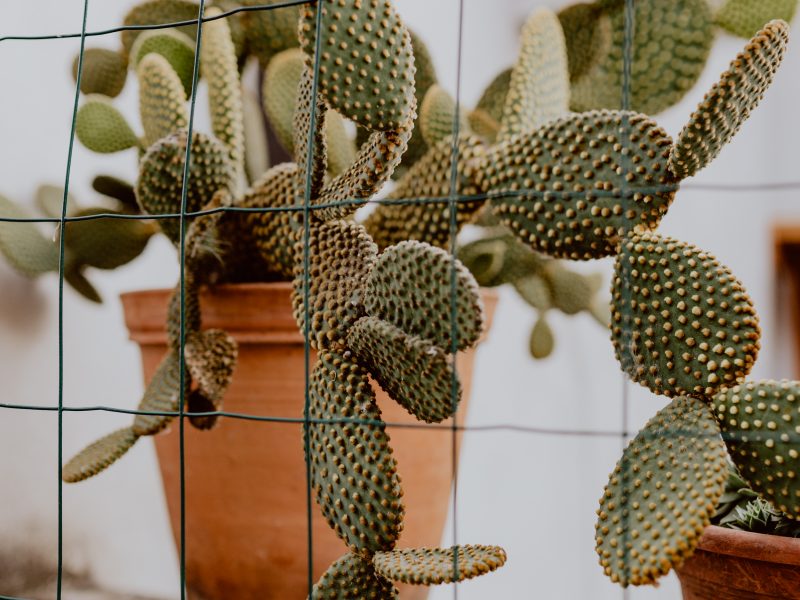
Bunny Ear Cactus Height and Size
The Angel’s Wings Cactus is quite a small cactus type which is why they are great houseplants. At their maturity, they can grow to about 3 feet (90 centimeters) tall but can often become unstable and break off before they get to that height.
Bunny Ear Cactus Growth Rate
The Opuntia microdasys is a very slow-growing plant so don’t expect new pads to be growing out here and there. This does mean that the plant won’t outgrow the space or need repotting frequently so there are benefits to it being a small plant.
Flowers on a Bunny Ear Cactus
They will occasionally grow small light yellow flowers on the tops of the most mature pads. It can also sometimes happen that red or purple fruit starts to grow out of your plant. This will usually only happen in summer and only with mature plants that are several years old.
Although you won’t die from eating the fruit, it usually won’t taste great so we don’t recommend giving it a try, unfortunately.
Pruning your Bunny Ear Cactus
There’s no need to prune your Angel’s Wings Cactus as long as the pads are healthy. With some other houseplants, it can be beneficial to encourage bushier growth but this doesn’t apply to this Cactus type.
Only prune when the leaves have discoloured (brown, yellow or white patches), are wilted or show other signs that it is dying. Once an issue develops, reversing it is not possible. Instead, pruning it off your plant will help divert energy into new healthy pads.
Cleaning your Bunny Ear Cactus
Cleaning any Cactus can be tricky and the short spines (glochids) on the Bunny Ear Cactus make it even trickier. You can’t use a cloth as you would with flat leaves and even a feather duster can often get caught in the spines.
Instead, there are only two options, using a small brush, like a paintbrush, or submerging it in water. Just be careful if you do choose to bathe your plant that you only do this in hot weather. You don’t want the leaves to become too soggy when the temperature is low as this can lead to the leaves rotting.
Light Requirements for an Angel’s Wings Cactus
The best spot for a Bunny Ear Cactus is somewhere that gets bright, direct sunlight for several hours each day. During the hottest summer days, you may want to bring your cactus away from the window a little to stop it from burning (as hotspots can be common and damaging) but otherwise, you shouldn’t have too many issues placing it in direct sunlight.
In terms of medium and low light, the Bunny Ear Cactus won’t adapt so well to these conditions and you will likely see issues such as stagnant growth, small leaves, wilting leaves and even plant death.
How and when to water your Bunny Ear Cactus
As with most cacti, your Bunny Ear Cactus doesn’t need much water at all. The roots are adapted to catch even the slightest bit of water meaning too much water can quickly lead to root rot. Use a saucer or planter to capture excess water and remove any water after about 10 minutes. This will allow the plant to soak up the right amount of water but will help to prevent the roots from sitting in puddles of water.
During the growth period of spring and summer, your Bunny Ear Cactus does like to have some moisture in the soil so water a little once a week but not more. During autumn and winter, however, we recommend only watering your Angel’s Wings Cactus once a month as this is the dormant period.
Best Soil for a Bunny Ear Cactus
Good drainage is key for your Bunny Ear Cactus. They have small, shallow and delicate roots which means the risk of root rot is high.
Use a well-draining potting mix that is specially designed for cacti. A pre-packaged cactus and succulent soil will usually work well but you can also create your own sand-based potting mix if you wish to. The key ingredient is perlite as this really helps with both the drainage and aeration of the soil.
Make sure the pot has sufficient drainage holes so that excess water can run out of the pot and be poured away rather which will help reduce the risk of root rot. It’s a good idea to put some small pebbles at the bottom of the pot to prevent the drainage holes from being blocked by clumps of potting mix.
Opuntia microdasys Temperature Requirements
Bunny Ear Cacti thrive in warmer temperatures between 70-100°F (21-38°C) so be careful to keep them away from cold drafts. This can be both drafty windows and external doors in winter and air conditioning units in summer. The constant stream of cold air can be really damaging to your Cactus, causing issues such as brown leaves, soft leaves and a lack of new growth.
If you are unable to raise the temperature, don’t think that you aren’t able to have an Angel’s Wings Cactus as they can adapt to cooler environments. You may see growth slow even more and they likely won’t produce any flowers, but they can survive.
Bunny Ear Cactus Fertilizer Routine
Apply a well-balanced Cactus fertilizer at half strength once a year during spring. These plants are quite sensitive to over-fertilization and don’t need much to start developing related issues.
However, when applied properly, fertilizer can help to encourage new pads to grow as well as flowers and fruit to develop. It’s important that you use a water-soluble fertiliser made for cacti which are slightly lower in nitrogen rather than using a generic houseplant fertiliser.
When feeding your Bunny Ear Cactus, dilute the fertiliser more than recommended so it’s weaker than what it says on the bottle. Too much fertiliser can damage and burn the roots so it’s better to be on the safe side. You should also never fertilise your Opuntia microdasys in autumn or winter as this can actually kill your plant.
Signs of over-fertilization include yellow leaves, yellow spots, scorched leaves and stagnant growth.
Ideal Humidity Level for your Bunny Ear Cactus
As with most Cacti types, the Bunny Ear Cactus thrives in low humidity. This is because they are native to desert plains and their pads will begin to rot if in a humid environment. This makes the plants great for those who find their homes are too dry for other tropical houseplants to thrive in. You can also use a dehumidifier to prevent your Opuntia microdasys from rotting.
They will start to rot if placed in bathrooms or kitchens where there is naturally a higher humidity level so choose the placement carefully.
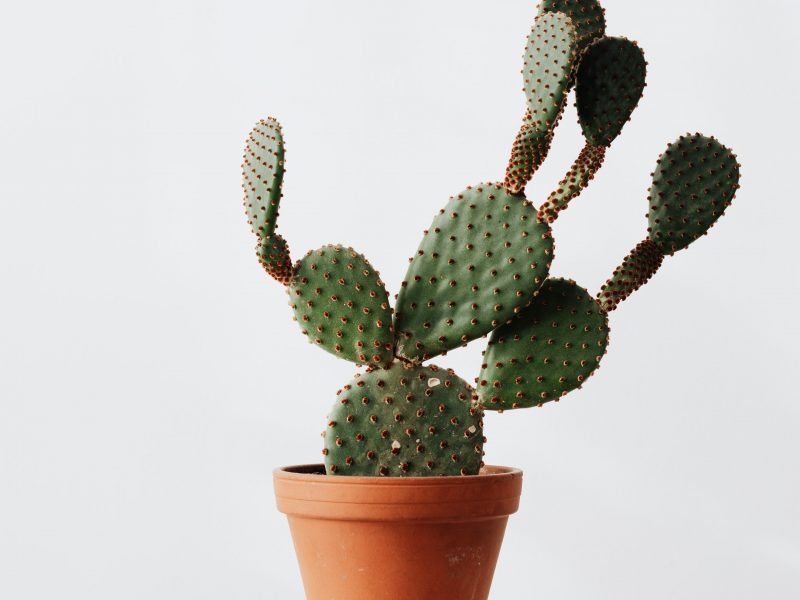
Propagating your Bunny Ear Cactus
Propagate an Angel’s Wings Cactususing leaf cuttings and potting these into a few centimeters of a coarse potting mix.
We have found that using tweezers to break off the pads works really well and avoids you from coming into contact with the sharp bristles on the plant. Pop your pads deep into potting mix and water regularly to encourage root growth.
Top tip: we have always found propagating Bunny Ear Cacti to be more successful when you use cuttings that have 2-3 pads on each. This helps the plant to mature faster and reduces the risk of disease.
Repotting your Bunny Ear Cactus
On average, you should repot your Bunny Ear Cactus every 2-3 years. As they are slow growers, they won’t become rootbound very quickly. However, the main signs that your plant is rootbound are roots growing out of the drainage holes in the pot or appearing above the soil on top of the plant. Your Bunny Ear Cactus will also not be able to grow any new leave when rootbound but this can be difficult to diagnose as they are such slow growers.
When repotting your Cactus, make sure to choose a pot only a few centimetres larger in diameter so that the plant doesn’t become unstable in its new home and begin falling over.
You should also use thick gloves when repotting your Bunny Ear Cactus as the bristles can be quite painful and difficult to remove from skin.
Bunny Ear Cactus Toxicity to Humans and Pets
Although the Cactus itself is not toxic, it should be kept away from pets and children due to its glochids which can cause irritation when touched or swallowed.
The bristles on the Bunny Ear Cactus are actually very loose and come away even with a bit of wind so it can be really easy for yourself or any pets to get them stuck in skin if touched.
When handling, repotting or propagating your Bunny Ear Cactus, make sure to wear gloves to protect yourself.
Treating and Preventing Pests
A pest infestation is very rare on the Bunny Ear Cactus but it can happen that your plant suffers from mealybugs or scale insects. As soon as you see pests (or signs of them) isolate your plant and check over all of your houseplants. Pests can easily move between plants that are close to each other so it’s important to determine the scale of the infestation.
To treat the issue, use a rigorous treatment of neem oil and an insecticide. It can take several weeks and months to get the infestation under control so it’s very important that your plant is isolated during this entire period.
Bunny Ear Cactus Common Problems
Why is my Bunny Ear Cactus not growing?
Stunted growth in a Bunny Ear Cactus can be caused by watering issues, either too much or too little. The best thing to do is carefully remove the plant from its pot (whilst wearing thick gloves) and inspect the potting mix. If you notice that it’s either bone dry or really clumpy and soggy then it means that watering issues is causing it to struggle.
If the soil is very dry, slowly reintroduce watering again but avoid overcompensating and drowning your plant as this will cause a whole range of other issues. If the potting mix is quite soggy, replace it immediately rather than waiting for it to dry out as this risks more damage being done to the root system.
A lack of growth can also simply be down to seasonal changes so don’t worry if you don’t see any new pads during autumn and winter as this is the dormant period.
Why are there brown patches on my Bunny Ear Cactus?
Browning on your Bunny Ear Cactus can be caused by overwatering, pest infestation or a drop in temperature. Check the potting mix first as this is an easy way to see if watering has damaged the root system at all. Then inspect the pads for any signs of pests and invest in a humidity and temperature measure to keep an eye on the environment.
Why are there white patches/ brown scabs on my Bunny Ear Cactus?
White patches on your Bunny Ear Cactus are a sign that your plant is, unfortunately, being infested by mealybugs. Brown scabs on the pads of your Angel’s Wings Cactus are a sign of scale insects. Treat all pests with alcohol using a cotton bud and this should keep the problem at bay.
Why are the pads on my Bunny Ear Cactus shriveling?
This is a sign that you have been overwatering your Angel’s Wings Cactus. We recommend removing the parts of the pads that are brown and changing the soil out immediately to avoid any further damage. Moving forward reduce the amount you are watering your Bunny Ear Cactus and cut back on watering almost entirely during winter as they are very susceptible to leaf and root rot whilst temperatures are low.
Why are the new pads on my Bunny Ear Cactus red?
You may be a little concerned that the new pads growing on your Bunny Ear Cactus are red, whilst the rest of the plant is solid green. Good news, this is totally normal and nothing to worry about. The new leaves will turn green as they mature. It’s just a little quirk of the Angel’s Wings Cactus
What’s causing my Bunny Ear Cactus to fall over?
If your Bunny Ear Cactus is becoming unstable and parts or all of the plant is falling over then this is a sign that the roots are weakening. This is most commonly caused by overwatering which has meant the roots are rotting and are unable to keep the plant stable.
Whilst wearing gloves, remove your plant from its pot and inspect the root system. Replace any soggy soil and trim away the rotten roots.
Use a plant support to help your Bunny Ear Cactus stay upright and with some time the root system should start to regrow and support your plant.



